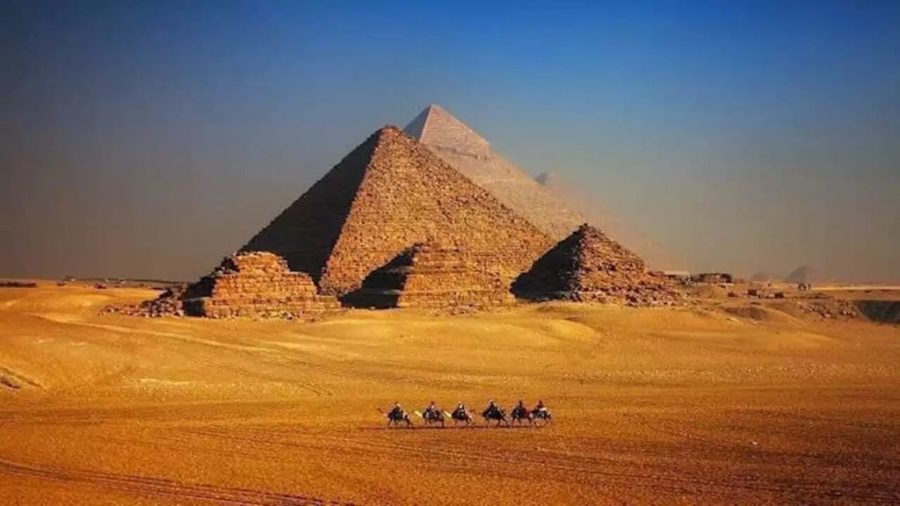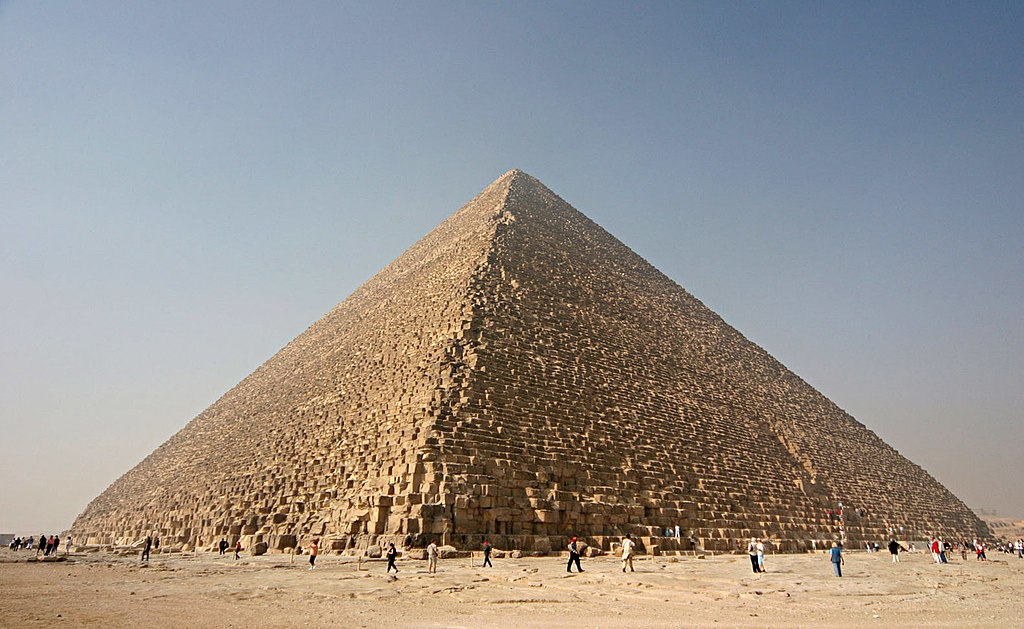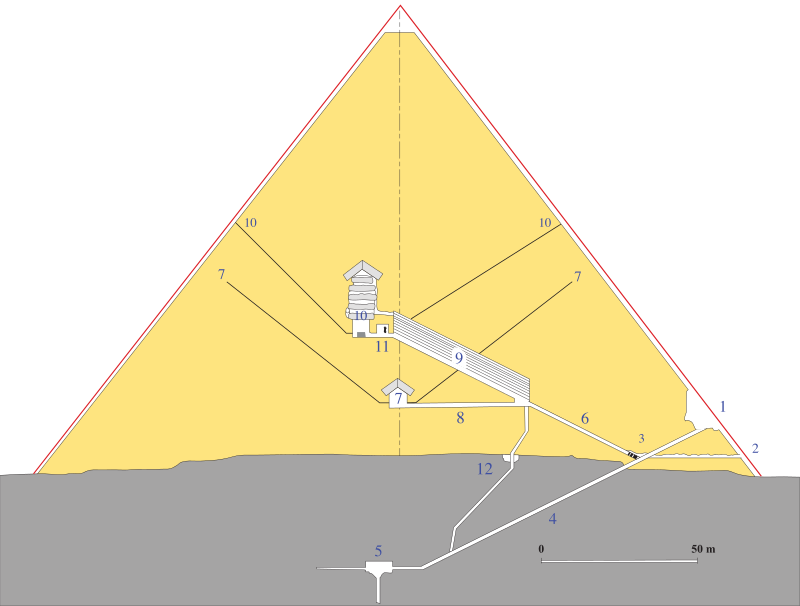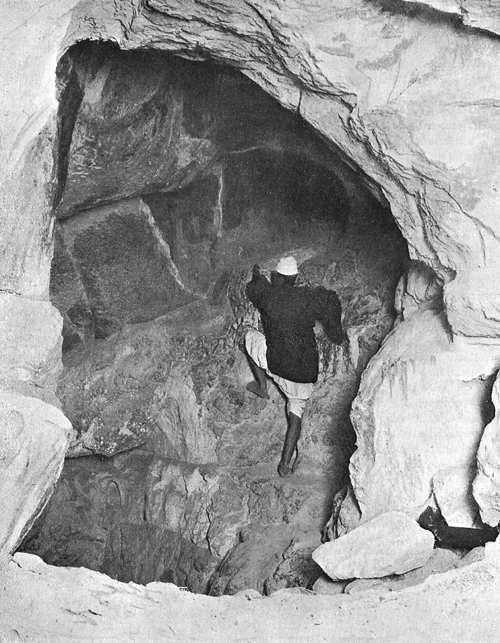
Caliph and Pharaoh: how al-Mamun entered the Great Pyramid
Caliph al-Mamun (786-833) became the first person to enter the Great Pyramid 3400 years after it was sealed.
Caliph al-Mamun (786-833) remained in the memory of Muslims as an ambiguous personality. On the one hand, he is called the man who laid the foundations for the prosperity of sciences in the Islamic world. The list of his achievements in this direction is impressive: thanks to him, the process of translating ancient manuscripts into Arabic began in Baghdadan academy called “House of Wisdom” (Beit al-hikma) was established, where eminent scientists from all over the Muslim world worked. At his command, the meridian arc was measured by degrees, and results were obtained, close to modern ones, and an astronomical observatory was created. On the other hand, al-Mamun supported the Mu’tazilite sect and organized religious persecution, becoming the initiator of the Mihnah – a test of Muslim scholars for loyalty. In addition, he imprisoned the great theologian Ahmad ibn Hanbal.
One of the curious initiatives of al-Mamun is the penetration into the pyramid of Cheops in 831. It is believed that he was looking for treasures at the same time. But given his biography, it can be assumed that he was guided by an exploratory spirit, and he was just curious about what was inside. The location of the real entrance had long been forgotten by that time, so the caliph chose the place that seemed most likely and ordered to break the passage. According to the Arab chronicler Abd al-Latif (about 1220) and the famous traveler Ibn Battuta (about 1360), this was done with the help of fire and pointed iron stakes – first the stones were heated, then cooled with vinegar and when cracks appeared in them , chopped into pieces with iron stakes. Ibn Battuta adds that a ram was used.

Pyramid of Cheops / Source: ru.wikipedia.org
Popular Science magazine wrote in 1954 about how the inner passages of the pyramid were discovered: “Starting from the north side, not far from the secret entrance, which they could not find, the people of al-Mamun blindly made a tunnel in the pyramid … The tunnel deepened about 100 feet to the south, when the muffled thunder of a falling stone slab somewhere nearby made the diggers freeze. Deeper to the east, where the sound came from, they entered the Descending Passage (corridor). As they could understand, their blows shook the limestone slab blocking the entrance to the Ascending Passage.
This 17-meter tunnel was called the “robbers’ passage” and it is through it that scientists and tourists now get inside the pyramid. He led al-Mamun’s men into what is now called the King’s Chamber , but there they found nothing but an empty granite sarcophagus and a half-cubit-thick layer of white dust.

Cross section of the Cheops pyramid: 1 – main entrance; 2 – the entrance made by al-Mamun; 3 – intersection, “traffic jam” and al-Mamun’s tunnel, made “bypassing”; 4 – descending corridor; 5 – unfinished underground chamber; 6 – ascending corridor; 7 – “queen’s chamber” with outgoing “air ducts”; 8 – horizontal tunnel; 9 – large gallery; 10 – pharaoh’s chamber with “air ducts”; 11 – ancestor chamber; 12 – grotto / Source: ru.wikipedia.org
It is believed that al-Mamun was the first to sink into the pyramid after it was sealed around 2566 BC. The Thousand and One Nights contains the Tale of al-Mamun and the Pyramids. According to him, the caliph found the treasure inside. Scheherazade says: “It came to me, O happy king, that al-Mamun tried very hard to destroy the pyramids and spent a lot of money on it, but could not destroy them, but only punched a small hole in one of them. And they say that al-Mamun found money in the hole that he punched – as much as he spent to pierce it, no more, no less. And al-Mamun was amazed at this, and then he took what was there and abandoned his intention. “
Welsh writer, historian and explorer Mike Dash, in his article “Inside the Great Pyramid”, expressed doubt that this story is real. He argues his opinion by the fact that all the sources citing it refer to at least the 12th century, and the historian al-Masoudi (896-956) ascribes the penetration into the pyramid of Cheops to al-Mamun’s father, Harun ar-Rashid . In addition, Mike Dash calls the story of the fallen stone slab fiction, since it is not given in the early annals, and he considers the passage too well located (exactly where the Descending and Ascending passages converge) to be hacked at random. Therefore, he believes, it was made before al-Mamun by those who were familiar with the plan of the Great Pyramid.

Corridor to the Ascending Passage (1910) / Source: ru.wikipedia.org
Islamosphere

